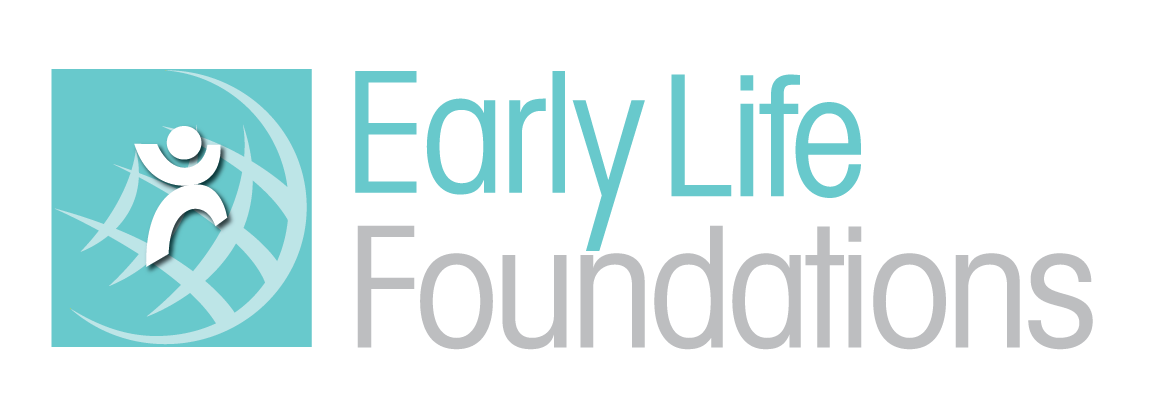Practical Strategies
Set up of the room is described in Engagement Matters. Remember to keep a range of investigative type materials and resources in tubs available for children to use at different times. These materials do not all need to be displayed and set out as they would be for Investigations but should be accessible to children when they need them. They may be used as part of their Education Research Project (ERP) or by those children who will need to use their ERP time in a form of investigation because they are not quite ready to represent a true artefact based on a subject focus.
Assume nothing! Teach them everything.
Focus Children
Ensure the focus children roster is already set up and ready to go from the very first day. The children are used to being focus children and this will help them feel confident and comfortable.
Help them to see that being a focus child in Year 3 is not about investigating but about sharing your life, your goals for learning and your interests. Each day, focus children set a goal for themselves.
Tuning In
Children are used to this terminology too, although it isn’t tuning in for Investigations any more. It is just a conversation about the day, the learning and time to talk with focus children.
In term 1 particularly, modelling and teaching through the communication board is very important. Tuning In is ideally at the commencement of each day but sometimes timetables are not always ideal for this.
If you need to wait and talk with a focus child after recess, that’s ok. It is more meaningful to have two good discussions, one first thing and one after recess, than rush through as a token gesture.
Communication Board
Ensure the communication board is set up with all sections, that it is attractive and close to where children enter the room. Also ensure you are there to meet and greet the children, to point out aspects of the board so they start the year seeing the communication board as an important part of the learning. You will need to teach them how to use the board, how it works, how it is shared and how they can contribute to it.
Each section of the communication board needs to be slowly and almost painstakingly modelled. (For example, take the time to explain and model the use of the affirmation section, the class meeting section etc.)
We recommend the children have a large diary if it is a paper form so it is easier for them to enter things from the board into their diaries.
You might like to assign a monitor to help you each morning keep the board updated and tidy. Encourage the children to take ownership of the board with daily quotes, photos etc. All of this training is to develop independence, time management, organisational skills and interpersonal skills. We know from experience, if a teacher does not value the board or understand and use it properly, the children won’t either.
Taking time to help children understand the importance of and use of the board is an important investment of teaching time.
Class Meetings
These are very popular with children right from Year 3 onwards. For further information read our fact sheet about Class Meetings and the book Engagement Matters. The key issues for a successful and smooth transition are to introduce the class meeting straight away in term 1 and to teach each role and model the roles of chairperson and note taker your self.
Education Research Project
We have written a separate fact sheet around introducing ERP’s in Year 3 and how to assist and work with children who are not quite mature enough or able enough to undertake a full ERP.
Reflection
It is important to have time to reflect and spend time with the two or three focus children each day. You can spend time with them at any time during the day. Ideally, at the end of a day, some of the reflection is made in public in front of their peers, sharing about how their goal went, how the day was, what might happen next.
Try to fit in some public reflection time as regularly as possible at the end of each day. The main aspect is that teachers spend time with their focus children one on one, each day.


